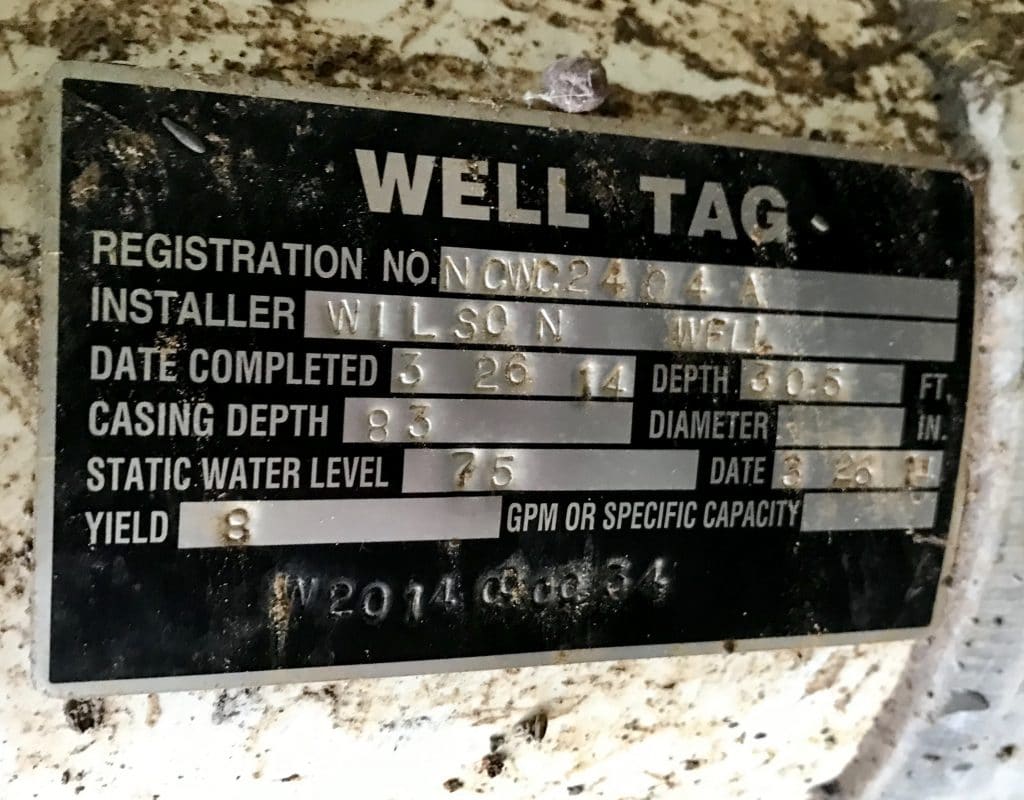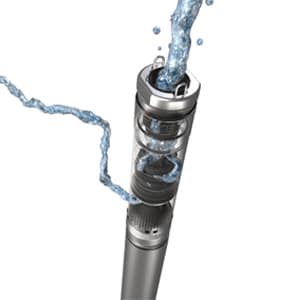Table of Contents
How hard is it to restore an old well? Not as hard as you would think. Learn how to get water in a time of need.
When we look at history, it is clear that there have been times of uncertainty. Therefore, it’s also clear that there will be times of crisis in the future. Now, you can respond to this logically, or you can respond to it illogically. The smart thing to do is to secure the essentials like water and food. Getting water from a well is easy, but not everyone has a working well on their property, and also, some wells haven’t been used for 50 years. But don’t fear, there is always a way to get water from a well.
Get Water Quickly
If you’re looking for a temporary solution for getting water from your well and you don’t want to restore it completely you can just get a well bucket. When you think of a well bucket, you probably think of a wooden bucket that gets lowered into the well like something off of The Little House on the Prairie, but if you’ve seen a modern well, you’ll know a bucket of that size won’t work. Typically wells are drilled with smaller diameters than the size of your everyday bucket (unless it’s a bored well). The typical well cap diameter ranges from 4 inches to 8 inches.

Modern Well Buckets
Now, if you well is clear of pumps or pipes you could probably get a small cup or bucket down there with a string, but there are specially made buckets for wells like this. Modern well buckets have a special valve that allows water to come into the bucket from below, then it closes the valve as you’re pulling it up. You can get a galvanized bucket or a heavy-duty well bucket. This is the fastest and most affordable way to restore an old well. You can get water almost immediately at a very low cost.
Don’t Forget to Purify the Water
Usually, well water is very clean because the dirt in the ground actually purifies the water. However, this is only true if the water is consistently pumped. If water has been sitting at the bottom of the well, it could have bacteria or any sort of pollutants in it. The best way to filter it is with a water filtration solution like AquaMira. You can also use a quality water filter. There are so many great water filters out there and you should consider purchasing one even if you don’t plan to restore an old well.
Find out the Well Specifications
Now if you’re looking for something for a long term solution, you’ll have to get some information on your well. Normally you should be able to find a simple information packet or specs written on the side of the casing. But, if it’s an older well, you may not be able to find any information! However, you can still find out the depth, and static water level very easily.

To find the static water level, you can use a special sonic level meter to measure the water level.
Alternatively, you can use a much lower-tech solution. Attach a small heavy piece of metal (like a nut or bolt) to a long rope or flexible tape measure. Paracord will also work nicely. Drop the tied bolt into the well. Wait till you hear it splash and catch it. Now mark the spot on the rope at the top somehow (a knot or a mark with a sharpie). You can now pull it up and measure that distance. This will give you the approximate static water level.
Next, you can do the exact same process to find the depth of the well. Just wait until you feel it hit the bottom of the well and repeat the measurement process. Knowing the well depth and static water level will give you a good enough idea of what kind of hand pump you can use. However, if you are planning to use an electric submersible pump, it is highly advised that you get a local well expert to give you a quote on a submersible pump. The main reason for this is so that you can be sure of the well’s recovery rate before purchasing a submersible pump.
It is also very important that you get the water tested before using it regularly. This is especially important if you are going to restore an old well because the water quality is unknown.
Understanding the Types of Hand Pumps
There are many types of hand pumps for wells. The most common types used are suction pumps and lift pumps.

Suction pumps are typically very low cost and work great if the well’s static water level is 30 feet below or less. So if you’ve found a well and your static water level is pretty high up, you can get a simple pitcher pump from your hardware store, or get an excelsior e2 hand pump for the ability to pump into your existing plumbing. These pumps are generally maintenance-free, but they usually need to be primed when you install them.
The second most common type of pump is a lift pump. Simple Pump is our go-to brand because of its reliability and ability to back feed and pressurize a home. Unlike suction pumps, lift pumps use a series of rods and a pump cylinder to lift water from below in the well allowing for much greater depths. The typical lift pump work in a water depth of 300 feet or more.
Electric Pumps for Long-Term Use
If you’re planning to make your well into your primary water source, you’ll definitely need an electric pump of some sort. This is the best way to restore an old well for the long haul. Most old wells have them already, but if you need to put in a new pump, using solar is a great option for self-sustainability. If you decide to create a solar water pumping solution of your own, you will always have water even if the power goes out.

Is it worth it to Restore an Old well?
I’ll leave this question up to you. Ultimately, I think every homestead should have a well or spring developed. If every house did some basic prepping for disaster, it would help our nation coast through times of crisis.
If you have any questions about restoring a well and need someone to walk you through it, let us know. Sometimes working with an existing well can be a daunting task, but we are here if you need help.











